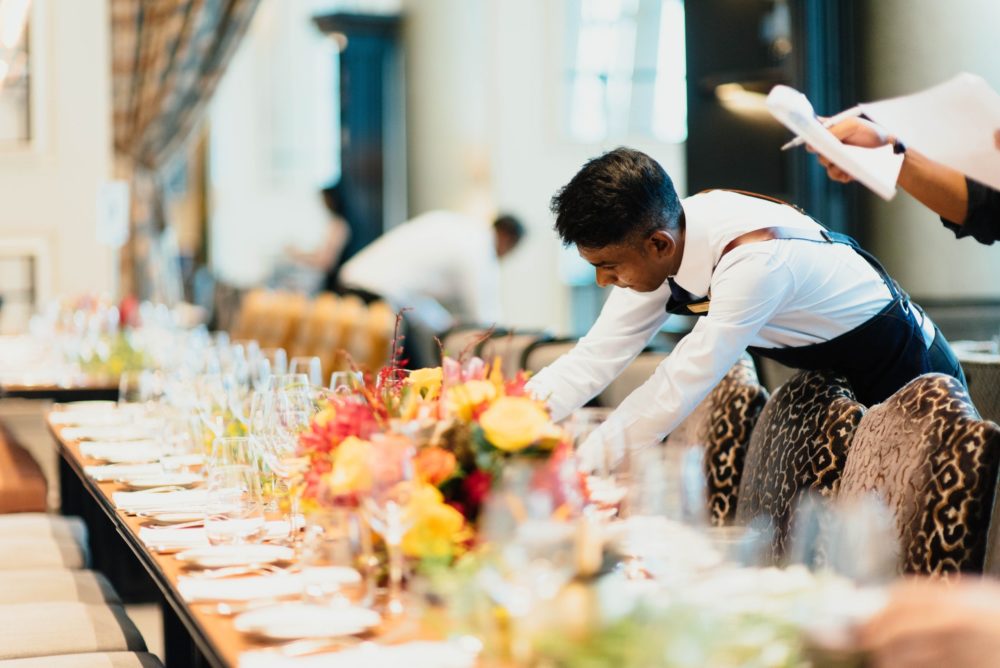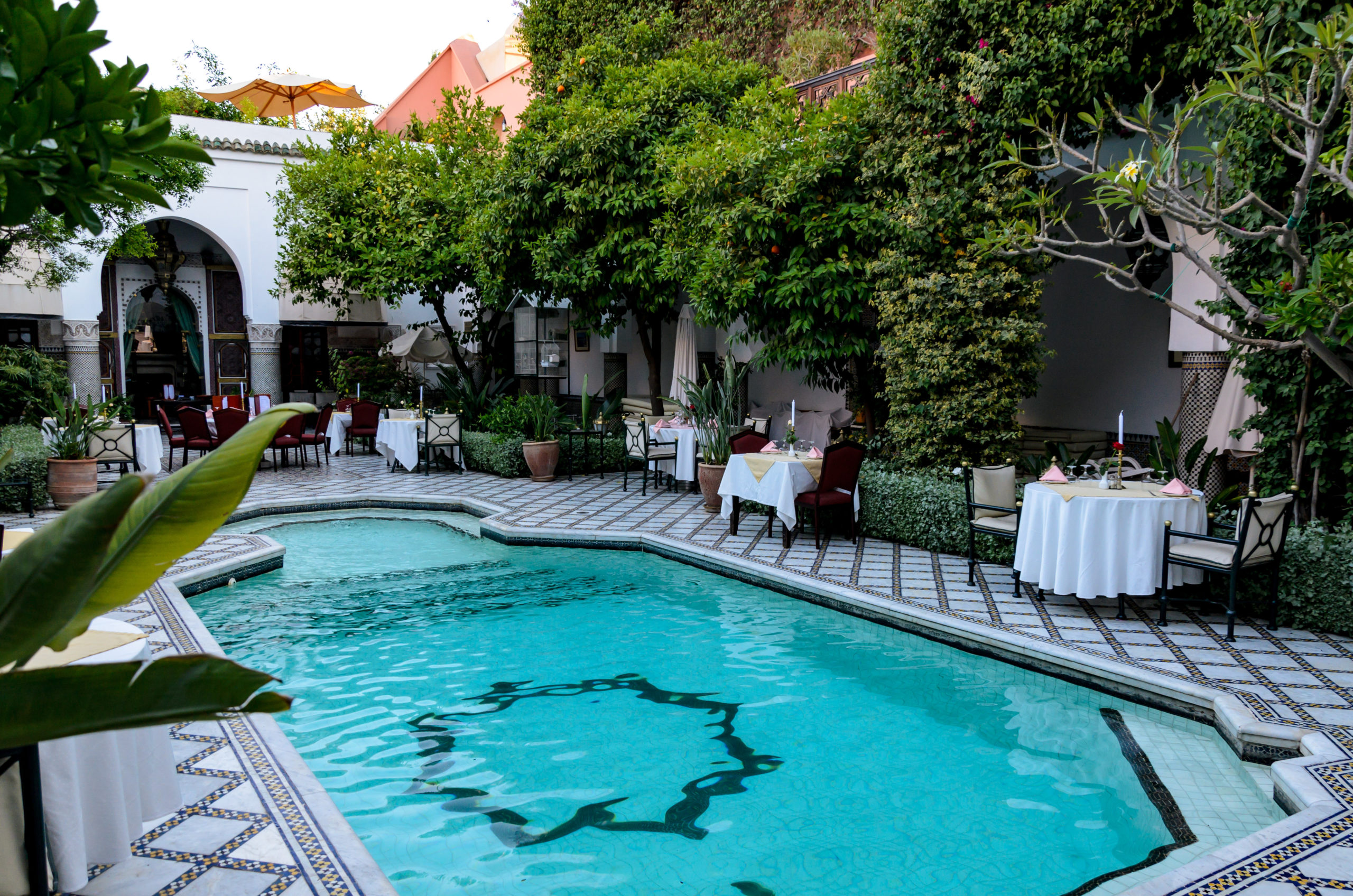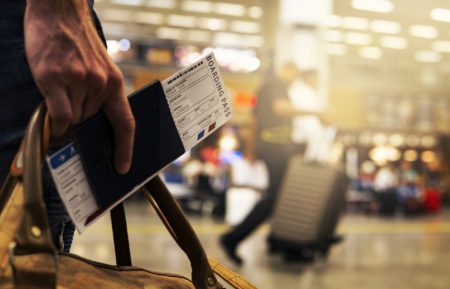Leisure travel
Tipping Origins and Practices Around The World

Tipping, or adding a gratuity if you’re feeling fancy, ranges from a nice gesture to compensate for good service, to an unusually generous gesture, to a borderline standard practice depending on where you are in the world.
Getting it wrong can lead to some awkward moments as you fumble in your pockets to put random change into an outstretched hand.
The good news is that we’ve pulled together the origins of the tipping process, and how it works in the modern world, for most major holiday destinations, so you’ll always be on hand with the right post-meal percentage!
A Brief History of Tipping
While pinning down an exact start date the global idea of tipping is just about impossible, there are some theories that the practice evolved from the Medieval European Feudal system.
Feudalism designated people into certain social classes based on their wealth and the circumstances of their birth.
The lowest feudal rank, the serf, had few if any rights and was bound to the land which they worked on behalf of their lord.
One of the few feudal obligations that the higher classes had was to reward the outstanding service of a serf, which some historians posit turned into the modern practice of tipping, hence the continued use of the old French word, gratuity.
From Europe, the concept of tipping followed the paths of colonialism out to the Americas and Africa.

Tipping in the USA
In around the 1850s and 1860s, American tourists headed to Europe brought the concept of tipping back with them.
Initially, there was significant backlash against the idea of tipping, which was seen as condescending and classist.
In fact, the reaction was so strong that it made its way back to Europe where tipping as a standard fell out of favour.
Unfortunately, in the USA, the idea of tipping was cemented in the aftermath of the civil war.
While slavery as an institution was ended, many states still allowed employers to employ black waitstaff, bellhops, and kitchen workers without paying them a wage, as long as customers were encouraged to leave a tip.
From there, tipping to make up wages has become an entrenched system, with only seven out of fifty-two states mandating that workers receive a full state minimum wage before tips and the federal minimum wage for tipped workers standing at USD2.13, rather than the USD7.25 for non-tipped staff.

How to Tip in Different Countries
Listing the tipping practices of all 195 countries in the world would be unreadably long, so we’ve broken this down into the most visited countries and listed the most common tipping practices for different industries. You can also find a quick reference guide online here.
Europe
In Bars and Restaurants
As a rule, most countries in Europe already have laws in place that standardise how gratuity is added to a bill.
For the vast majority of countries, waitstaff and restaurant workers are paid the same minimum wage as everyone else and tipping is normally a recognition of good service or good food.
In countries such as Spain, The United Kingdom, France,Portugal, Germany, Ireland, and the Czech Republic, it isn’t uncommon for an optional added service charge to be part of the bill.
This is usually between 5 per cent and 10 per cent.
In Italy, Russia, and Austria, it is less common to find a service charge on the bill, but more common for customers to simply round off the amount to add a small tip for the staff.
Certain venues in Italy will also add a cover charge. It’s best to make sure that this cover change is being given to the staff before deciding if you want to pay an additional tip for good service.
In Scandinavia, tipping is unusual, as the minimum wage and the cost of food in restaurants is higher, and is usually reserved for exceptional service.
As a rule, tipping bars across European bars isn’t standard, particularly in the UK.
However, if you do feel the need to add a tip for exceptional service, using some variation of on buy one for yourself lets the bar person know to charge you for two drinks and keep the cost of the second one.
In Hotels
As with tipping in restaurants, tipping hotel staff is not required, but is normally greatly appreciated, in most central European countries.
Giving small amounts to bellhops and housekeeping is usually a mark of generosity, rather than an expected addition to their wage.
In Eastern Europe and Russia, tipping hotel staff is far more common, with tips for hotel staff in Russia generally being up to 200 rubles.
As with other forms of tipping, Scandinavian hotel staff don’t normally expect a tip. The exception to this rule being Switzerland, where tipping housekeeping around five to ten Swiss francs when you check out is a fairly common gesture.
In Taxis
Tipping a taxi driver is not expected in most European countries, with the exception of Switzerland, France, Russia and, where a 10 per cent tip is common.

The Americas
In Bars and Restaurants
In Canada and the USA , it is uncommon to find a service charge on the bill in a restaurant and adding around 15 per cent or 20 per cent tip to the bill is standard.
The same amounts apply in bars.
In South American countries such as Mexico, Nicaragua, Peru, and Argentina, service charges are more common, but if one isn’t present on the bill then adding 10 per cent to 15 per cent is appreciated.
Bars and restaurants in Costa Rica, Brazil and Chile will sometimes include a cubierto or cover change, which indicates that, while a tip is appreciated, it isn’t required.
In the Caribbean, if there isn’t a gratuity on the bill, the expected tip is around 15 per cent to 20 per cent in restaurants. In bars, customers are often expected to just round up the bill.
In Hotels
As with bars and restaurants, tipping housekeeping and bellhops in the USA and Canada is standard, with a tip of USD3 to USD5 a day for housekeeping and USD1 per bag for bellhops being common.
In Central and South America, that amount is reduced, but tips are still expected. In countries such as Costa Rica, Brazil, Mexico,Chile, Nicaragua,Peru and Colombia, USD1 per bag for bellhops and USD1 to USD2 a day for housekeeping is a standard amount.
In Taxis
Taxi drivers in the USA, the Caribbean and Canada generally expect to be tipped around 10 per cent to 15 per cent of your fare.
In Central and South America, rounding up the fare at the end of the journey is generally standard practice.

Asia
In Bars and Restaurants
Tipping is not the standard in many Asia countries, with places like China, Myanmar, Singapore and Taiwan having almost no-tipping culture.
In countries like Cambodia, Thailand, Vietnam, Indonesia and Malaysia, where tourism is flourishing, tipping isn’t standard, but it is appreciated.
The two main outliers in Asia are India, where tipping around 5 per cent to 10 per cent of the bill is standard, and Japan, where tips are often politely declined as good service is expected.
In Hotels
Tipping hotel staff in China and Japan is very uncommon and tips may actually be politely refused. Most hotels in Southeast Asia will include a service charge as part of their bill and tipping bellhops the equivalent of USD1 per bag is common.
In India, tipping bellhops 50 rupees per bag and housekeeping around 250 rupees a day are welcome, if not required, gestures.
In Taxis
In China, taxi drivers rarely expect a tip. In Japan, Singapore, Vietnam and India, it’s common practice to round up the fare.
In other Southeast Asian countries, such as Indonesia, the Philippines and Malaysia you can expect to pay around 10 per cent of your fare as a tip for fixed-rate fares.

The Middle East
In Bars and Restaurants
If you’re dining in the UAE, Qatar, Jordan or Saudi Arabia, you should expect to add 10 per cent to 15 per cent at the end of the meal. This is still true in Dubai, where there is a mandatory 10 per cent service charge.
In Israel, it’s not uncommon for Bars and Restaurants to add a 10 per cent service charge to your bill.
In Hotels
In Dubai, there is a mandatory 10 per cent service charge on hotel bills, so tipping is usually reserved for exceptional service. In the rest of the UAE, tipping housekeeping around 10 dirhams per day and bellhops around 7 dirhams per bag is standard.
In the rest of the Middle East, it is common to tip the local equivalent of USD1.50 per bag for bellhops and the same amount per day for housekeeping.
In Taxis
In Dubai, you aren’t expected to tip your taxi drivers. In the rest of the Middle East, you can expect to add a tip of around 10 per cent to 15 per cent to the total fare.

Africa
In Bars and Restaurants
As a rule of thumb, leaving a tip of 10per cent to 15per cent is common in all restaurants in Africa, although this is more commonly included in the bill as a service charge in places like Egypt, Morocco, and South Africa.
In Hotels
Another good rule of thumb when it comes to hotels in Africa, especially North Africa, is to tip your concierge the equivalent of USD20 to USD30 to ensure you have a good stay.
Housekeeping is normally tipped the equivalent of USD3 per day and bellhops around USD1 per bag.
In Taxis
Across most of Africa, the norm is to round up the fare to tip the driver. The exceptions to this rule are Egypt and South Africa, where a 10 per cent tip is expected.






